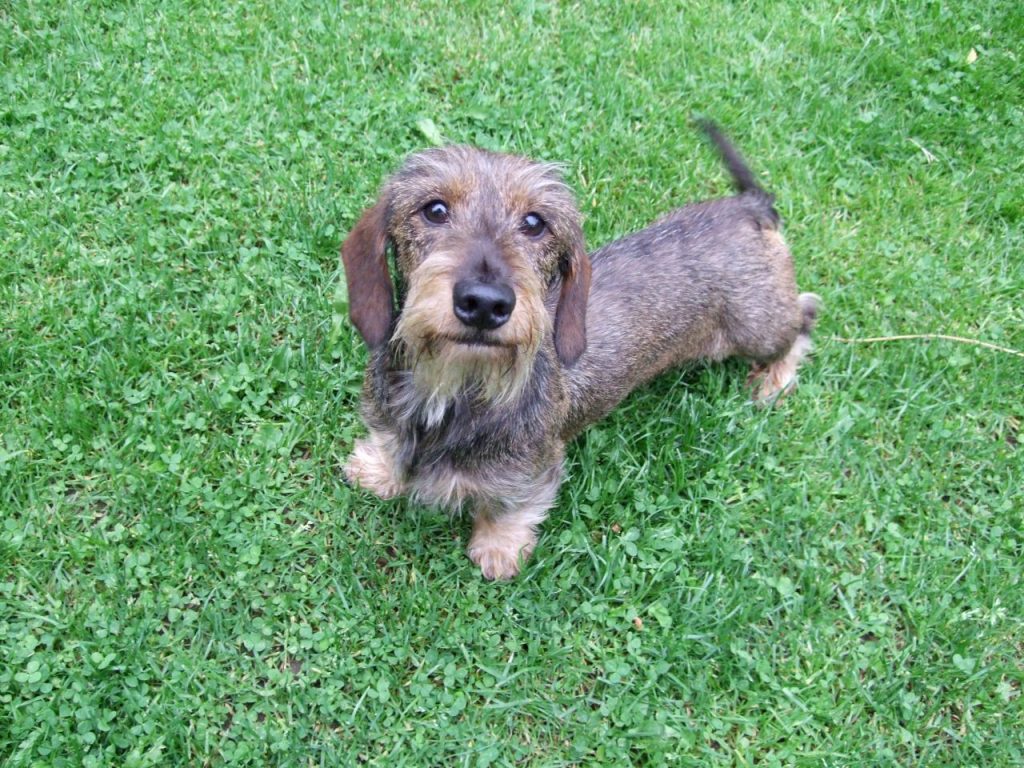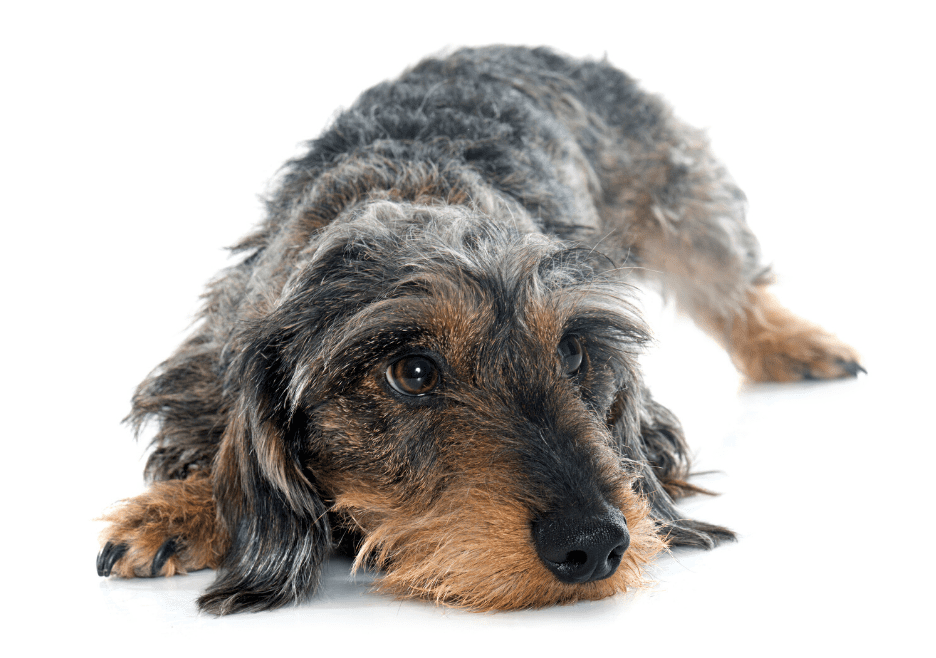Table Of Content

Gently wash your hair afterwards using shampoo and warm water. Making changes to your regimen after removing Vaseline from your hair can help maintain and restore the health of your hair. Making these changes consistently will help to keep your hair nourished and healthy over time. Vaseline is not water-soluble, meaning it does not easily dissolve or wash out with water alone.
Will My Hair Be Damaged?
Because of this, it can be very effective at breaking down the oils in Vaseline and removing it from your hair. To try this method, first, use a paper towel to remove as much of the excess Vaseline as possible, and take care not to spread the Vaseline throughout the rest of your hair. Hair grease, which is sometimes referred to as Vaseline or petroleum jelly, is commonly used in the natural hair community by many women. Definitely not the most ideal option, but whisked eggs are fairly effective at removing Vaseline from the hair.
Korean Skincare Gems Tailored for Indian Skin

Traction alopecia is the result of environmental factors, such as wearing your hair in tight hairstyles, Agbai says. Telogen effluvium refers to the excessive shedding of hair follicles, and it occurs when hair follicles prematurely skip to the end of the hair growth cycle, she adds. Baldness is often hereditary, and is activated by a shift in your hormones. Odds are, if you have a tub of Vaseline or Aquaphor around, this is what you bought it for.
Treatment Finder
This may need to be done a few times to remove all of the excess oil. Wash your hair afterward with your regular shampoo or with a clarifying shampoo. Finally, once all of the oil seems to have been removed, give your hair a good washing using either your regular shampoo (or clarifying shampoo) and condition afterward. When you’re confident the cornstarch (or baby powder) can’t absorb any more grease, then wash your hair thoroughly with shampoo or bar soap. This residue buildup leads to irritation of the skin as well as clogged follicles that can cause breakage. If you’re still finding that vaseline is stuck in your hair, there’s one last method you can try.
Vaseline on Your Face: What to Know, How to Use It, Pros & Cons - Healthline
Vaseline on Your Face: What to Know, How to Use It, Pros & Cons.
Posted: Mon, 24 Jun 2019 07:00:00 GMT [source]
Baby oil
This product is made of 100% pure petroleum jelly, which is a mixture of waxes and mineral oils. If you're in a pinch (and we mean a real pinch here), sub out your traditional shampoo for a few squirts of dish soap, focusing it on the areas with the most buildup. Rinse and follow with shampoo and your most hydrating, nourishing hair mask. Apply a small amount of oil to your fingertips, gently massaging it into the Vaseline. You want to really work it into the affected area and then let it sit and soak in for at least 10 to 15 minutes. All of these methods are great when it comes to getting petroleum jelly out of your hair.

Lather up with glycerin soap or a clarifying shampoo to trap any buildup and remove residue. Mix the flour and water until it reaches a consistent thickness. Apply the solution to your scalp, avoiding large quantities of Vaseline petroleum jelly. Let it sit for 10 minutes before using an absorbent paper towel or cloth to remove grease residue from tubs. Another effective way to use baking soda to remove Vaseline from hair is to mix one teaspoon of baking soda with a regular baby shampoo, then wash and rinse out.
Will vinegar get vaseline out of hair?
Additionally, oiling benefits such as coconut or olive oil massaged into affected areas will help break down stubborn residues without causing further harm. Finally, incorporate regular deep conditioning treatments into your haircare routine for optimum split ends prevention and dandruff remedies. Clarifying shampoos are essential for effective removal, but they should only be used on the areas with the most buildup while massaging thoroughly. Afterward, use a nourishing mask or conditioner to prevent dryness and seal in moisture before rinsing with cool water. Afterward, use a moisturizing conditioner to replenish moisture lost during cleansing and prevent dryness from occurring later on.
Once all excess Vaseline is removed, all unaffected hair is cut off or tied at the back, and a small amount of baby oil is applied to your fingertips or cotton balls. You will find that most Vaseline can be easily removed in this way. However, you may still want to wash your hair with your usual shampoo to completely remove all residues. If you don’t have olive oil, you can also use other natural oil instead. For example, in this process, you can replace olive oil with jojoba oil, virgin coconut oil, vegetable oil, almond oil and other essential oils. Next, apply a small amount of olive oil on your fingertips and gently massage Vaseline.
Cornstarch or Talc
It may seem odd, but using standard liquid laundry detergent or dish soap to wash your hair can work wonders when it comes to tackling the grease caused by Vaseline. Just use a towel to dab the hair dry, which will help remove the excess Vaseline from the hair. Follow it with clarifying shampoo to get the remaining of it out of your air. When using hot water, it’s much better to remove Vaseline from the hair than in cold water. Hot water dissolves dirt, grime, product buildup, and any form of other scalp buildups. However, if the Vaseline has been in your hair for a long time, it may have mixed with minerals and fats in your hair, making it more difficult to remove.
When using, wipe off all excess vaseline and tie all unaffected hair at the back. Continue this process, every time you use clean paper towels, soon, all traces of Vaseline will disappear. Glycerin soap is made of fats and natural oil, which makes it the best soap to remove Vaseline from hair. Since it creates a barrier, it also traps dirt, excess sebum, and other contamination in your hair follicle when not properly removed. The waxy, greasy substance can leave your hair feeling matted and oily but with just a few key steps you’ll be back to looking and feeling luscious-haired again in no time. Start by coating wet strands generously with baby oil before combing through gently using a wide-toothed comb or brush – this should help break down clumps easier.
This will help replenish vital nutrients needed by the follicles, which can become weakened due to excessive petroleum product use over time. Olive, coconut, jojoba, and almond oils are all excellent natural options that penetrate the hair shafts with their replenishing nutrients. Focus shampooing on problem spots before massaging thoroughly, then rinse with warm water.







